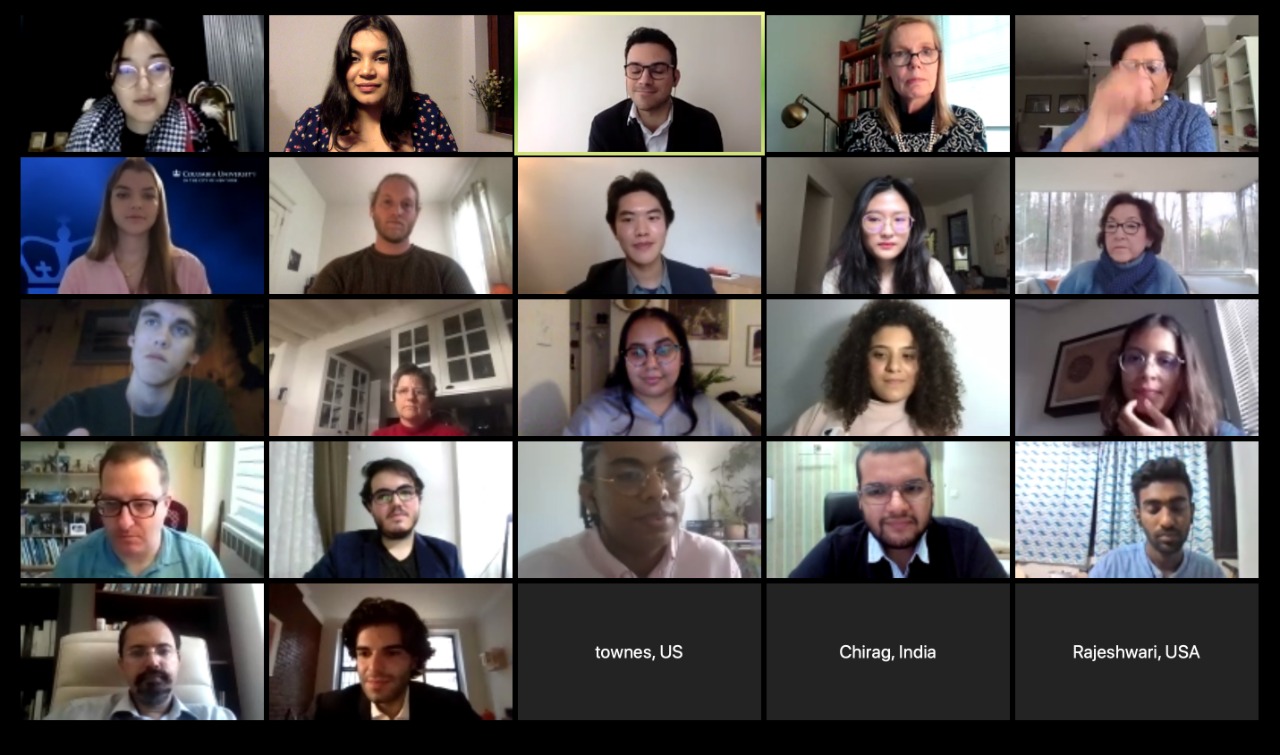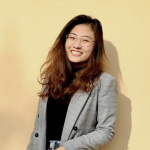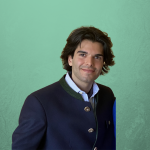Re-think, Re-imagine, Re-invent
A Global Youth Summit on Higher Education for a Changing World
How must higher education evolve to face the pressing challenges of today’s changing world?


On December 4, 2020, a working group of sixteen global youth from twelve countries, in association with the CGT’s Youth in a Changing World Project, hosted a global youth summit to discuss how higher education must evolve to meet today’s unique challenges. This event, created for youth, by youth, brought together students and young professionals from around the world. This is what we learned.
Recommendations for Higher Education in a Changing World
Access
For years, institutions of higher education have relied on selective processes that places the onus on students to qualify, perform, apply, and attend. Our discussions revealed a desire among youth to see institutions make more concerted and discernible efforts to become a part of their communities and actively work to provide access and engage students beyond their walls. As one working group member summed it up, universities need to “create diverse, inclusive, international communities of learning.” Disparities in access have only been further highlighted and exacerbated by the COVID-19 pandemic. Zip codes are determining whether students get to continue learning, and COVID 19 hasn’t really done this, it has just unveiled this grave inequality with which we operate
No longer should higher education be seen as a privilege granted only to those who have achieved high grades and test scores, as this process only perpetuates and reinforces structural inequalities. It is the responsibility of the university to seek out a representative student body based on interests, experience, and achievements; to provide resources to underserved communities (often right outside a University’s walls) on-campus and off and to ensure equal access to technology, pre-college programs, and all resources necessary to level the playing field.
Flattening the University
Our discussions revealed an overwhelming desire among youth to flatten what was considered obsolete hierarchical structures in universities and classrooms. The classroom was reimagined not as a lecture hall, but as an open forum for discussion (link to photo gallery on next page), in which the student-teacher relationship was one of equals. Youth detailed their ideas of a utopian classroom as having glass walls that embedded learning spaces in their environments and focused equally on real-life experiences and academic concepts.
“Imagining Utopia U,” Collective Drawing, Working Group

Re-designing Curricula
Working group members and summit participants highlighted the need for universities to update curricula in response to current and future global challenges. Participants suggested making basic tech and media literacy as well as climate science, ecology, and sustainability integral parts of a core curriculum for all students.
Furthermore, participants emphasized the importance that Universities must place on ensuring a diversity of opinions and writers while framing curricula. It is equally important to ensure that the material taught is inclusive – that the achievements and work done by people from diverse backgrounds is taught, and that history is not ‘white’washed. Curricula needs to be designed in ways which are unbiased, and we need to think about who defines excellence, who defines academic merit, and what kind of values we are advertising and promoting. How do we decolonize text, curricula, knowledge and the internet?
Lastly, participants concluded that universities needed to place a more sustained focus on the notion of critical thinking and independent research methods and the development of wider University-driven community-based initiatives to provide students opportunities to engage locally beyond the classroom. Universities shouldn’t just teach students about the world; they should actively give students the opportunity to think with it. This goes beyond study abroad programs and includes increased staff and faculty diversity and active daily engagement among students with other parts of the world using technology.
Behind the Project

By Arnav Jalan, Working Group Member, India
On October 9, 2020, sixteen students and young professionals from twelve countries met with the Committee on Global Thought to discuss the purpose of higher education in a changing world. They would meet four more times, ultimately planning a Global Youth Summit in early December. Held in conjunction with the CGT Youth in a Changing World research project, the five working group meetings and December summit aimed to create positive change by engaging youth on critical questions related to the purpose and direction of higher education while simultaneously empowering them to voice their concerns and positions as they relate to higher education.
The group began by identifying the most pressing challenges facing the world, phrased as questions to better facilitate discussion. These were:
- How do we foster a cohesive and sustainable global community?
- How do we address global security challenges?
- How do we ensure equality on local, national, and global levels?
- How do we leverage the potential and manage the risk of technology trends?
Needless to say, this set of questions is not exhaustive, and each represents a general challenge that can be broken down into several sub-challenges. However, this list provided the group with an important foundation from which to structure the discussions. Once these questions were developed, members met to determine how a University of the future would prepare students to meet these challenges. Participants structured their discussions using the following questions:
- Why? What values should guide universities?
- What? What do students need to learn?
- How? What approaches and pedagogies should we use to achieve our objectives?
- Where? What should our campuses and classrooms look like?
These questions catalyzed the group to think outside the box by imagining an ideal learning environment. For instance, to address the fourth question above, members broke out into smaller groups of two to three to visually design a utopian learning environment. When they re-grouped, they realized that they all had imagined the ideal classroom space to be open and connected, flat in structure (it was a unanimous consensus that classrooms should not have students facing the teacher), and most importantly porous in nature (where the classroom is not confined to four walls and promotes conversation and immersion across communities and localities). This approach turned the working group sessions into a virtual makers lab, where creativity had no borders or restrictions.
Meet the Working Group

Mehmet Alp Arslan
Turkey

Meriem Bayar
Tunisia

Emerson Caetano
Brazil

Shagun Sethi
India

Silas Swanson
United States

Ribhav Talwar
India









